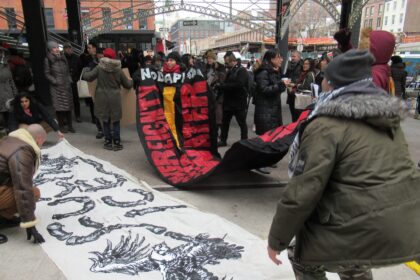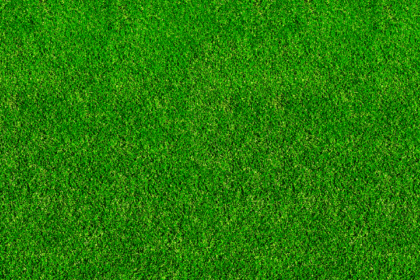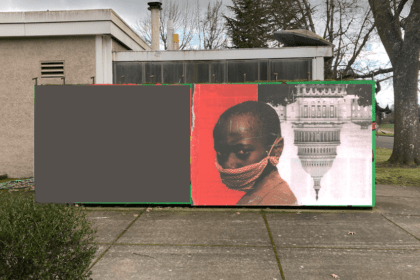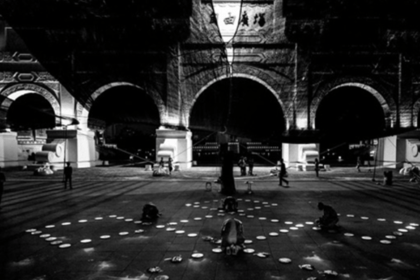Editorial | Fall 2022
We are pleased to announce the launch of FIELD Issue #22 for Fall 2022. While assembling this issue over the past five weeks a set of initially small demonstrations in Tehran (beginning on September 16) quickly evolved into the most widespread protest movement in Iran since the founding of the Islamic Republic (as of this writing the Iranian state has killed over 230). These protest were spurred by the murder of a young Kurdish woman named Mahsa Amini, who was being held in custody by the Gashte Ershad or morality policy, for wearing an “improper hijab”. The protests have been led by women, and young women in particular have played a key role in openly denouncing the Islamic government. They are exhibiting remarkable courage in challenging a regime that is notorious for its violent reprisals against even the most innocuous form of resistance or dissent. Given the media blackout imposed by the Islamic Republic it’s difficult for an outsider to know how many people have died at this point or how far the resistance has spread, but these protests, however they develop, mark a watershed moment in contemporary Iran. We face, of course, our own creeping fundamentalist theocracy in the United States, which is equally obsessed with controlling women and women’s bodies. Our upcoming midterm congressional elections may find our country teetering on the edge of something like civil war, with neo-fascists, white supremacists, evangelical Christian nationalists, and openly delusional QAnon conspiracy theorists forming a violent bloc that has effectively taken over one of the country’s two main political parties, infiltrated the police and military, and is actively seeking to subvert our electoral process. I wanted to call our reader’s attention to two special issues of FIELD that bear on both of these events. The first is our recent special issue on activist art practices in Iran (#21, Spring 2022), many of which center on women subversively reclaiming public space. This issue was guest edited by Saba Zaverei (http://field-journal.com/category/issue-21). The second is a two-volume special issue (#12-13, Spring 2019) on global art activism directed against authoritarian regimes, guest edited by Greg Sholette (http://field-journal.com/issue-12?cat=30).
Our current issue features a timely interview with Theodore A. Harris, a Philadelphia-based poet and artist who has been developing innovative forms of montage-based visual art around issues of racism and racist violence for the past thirty years, including important collaborations with figures such as Amiri Baraka and Fred Moten. Harris is also the founder and director of the Institute for Advanced Study in Black Aesthetics. Harris has a particular interest in the ways that racism and white privilege operate, often implicitly, in the cultural and theoretical discourse of the institutional art world. His works often engage directly with canonical figures in art history and criticism, from the journal October to the pages of the New York Times. This issue also includes Meiqin Wang’s detailed analysis of the Mass Burial performances in Taiwan, that sought to mobilize wide-spread discontent with the increasingly repressive actions of the Democratic Progressive Party on the Island. This discontent came to head over the government’s response to the Covid pandemic in Taiwan, which led to unnecessarily high mortality rates, and the stigmatization of those infected with Covid. The Mass Burial collective re-mobilized a historically significant collective protest against the violence of the Japanese colonial government that occurred in Taipei’s Freedom Square in 1931. In her essay for this issue, Singapore-based curator and critic Joella Kiu examines two recent projects developed by the South Korean collective Rice Brewing Sisters Club (RBSC consists of Hyemin Son, Aletheia Hyun-Jin Shin and Soyoon Ryu). These projects include Mountain Storytellers, Storytelling Mountains (2020), which sought to reframe existing oral spiritual traditions in the Gangwon Province of South Korea, drawing on a collaborative and performative methodology that involved working closely with village elders. One of their goals, as they write was to “push the role of the artist beyond being ‘individuals against nature, culture, society or the art world,’” to a form of production in which artists “organize, mediate, carry, learn, build, cook, gather, and more.” We can observe, in the contrasting operations of RBSC in South Korea and the Mass Burial performances in Taiwan (as well as the work documented in the two special issues cited above) the characteristic intermingling within the broader range of engaged art practices of both tactical and prefigurative forms of knowledge. This issue also includes an essay by Anthony Schrag and Caitlin McKinnon on the evolving discourse of “creative placemaking” in the U.K. In their essay Schrag and McKinnon seek to differentiate creative placemaking from related currents in engaged art and community-based art practice, pointing to the operative tensions in “placemaking” projects between the forces of gentrification and the autonomy of local communities and collective histories. Finally, our Fall 2022 issue includes reviews of two recent books on engaged art practice: Greg Sholette’s The Art of Activism and the Activism of Art and Carlos Garrido Castellano’s Art Activism for an Anti-Colonial Future.











